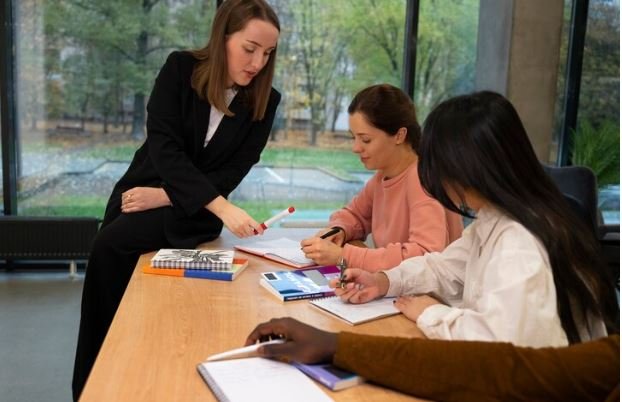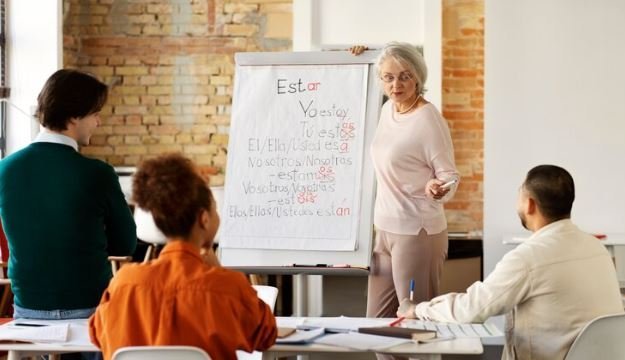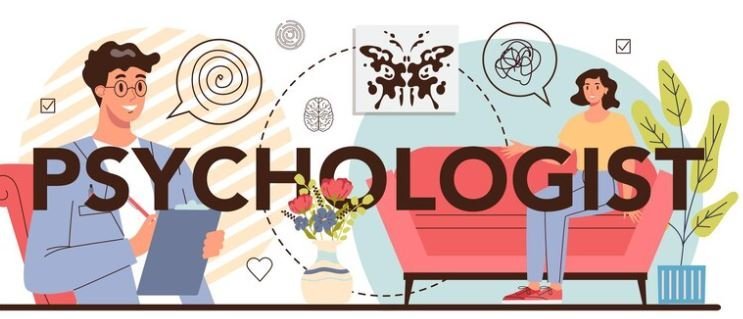Inductive teaching is a unique method teachers use to help students acquire new information. But what does that mean and how does it work? So let us dive into this interesting method of learning together. Learning through the inductive method of teaching differs a tad from how you learn something at school.
Rather than beginning with a big idea for the lesson, and then examples to which students should relate this general concept (‘when is this math useful?’ type assignment), it starts with as many examples as are necessary so that students begin themselves to discover a conceptual structure.
An Example of the Inductive Method
Inductive: In the inductive method of teaching, learning is initiated with a specific example or activity. For instance, your teacher may introduce you to read about multiple different types of flowers. The teacher doesn’t come along and say ‘All these are flowers’, you get to look, touch, maybe smell them.
You might see a pattern in that these are all plants and they share the same thing, flowers with colorful petals accompanied by green leaves. You start to figure that out yourself after seeing these a couple of times; well, those are all flowers.
Discovering Ideas on Your Own
The inductive method of teaching is probably one of the best things you can do to learn because it allows us to uncover ideas by ourselves. You can learn innovative and enjoyable things on your own. Take for instance your teacher gives you some puzzles to solve and everything clicks in the end, but as an extra piece of the puzzle now you come with some knowledge- these that all need shapes or numbers.
Once you finish your first puzzle, a pattern emerges. This pattern will help you rise above the puzzles and figure out The Big Picture.
Learning Through Exploration
In traditional teaching, through inductive methods of learning you are asked to investigate and reflect. Unlike the traditional system of having a teacher explain things, you get different examples and arrive at your understanding. It makes you a critical thinker and learner.
So for instance, if you were learning about animals then your teacher might present different types of animals to you and ask questions like why are these all the same. When you answer these questions, begin to understand more about animals yourself.
Encouraging Curiosity
This form of teaching method would also help in developing curiosity. Sometimes you just want to know because something is interesting or enigmatic: that´s curiosity. Since inductive teaching asks you to ask questions and look for answers, learning is made more enjoyable.
For instance, if your teacher hands you various rocks and says tell me their composition then you might wonder how the hell rock types come into play. But this curiosity can result in learning more!
Working Together to Learn
The next thing that is also so good about this inductive teaching method, it usually involves you working together with your classmates. At times your teacher may present you with a bunch of objects to learn along with friends. By investigating these objects together, you can discuss your ideas on them and begin to gap-fill the understanding that each of you acquires. The teamwork only makes the learning more enjoyable and effective for all.
The Role of the Teacher
In the inductive teaching method, the teacher has an important role. Rather than handing you all the answers, it walks you through the journey of learning. This will be through questions from your teacher, hints or examples. This teaches you to naturally think for yourself and learn independently.
Building Confidence
Another great thing about the inductive method of teaching is it improves your self-confidence. You get the feeling of pride and happiness that, you yourselves have figured it out. This gives you more courage to be able to discover new things. As an example, if you were to solve a math problem by discovering that there is a pattern then your reaction may be one of feeling better because instead of applying the solution from the teacher you could see it yourself. This builds confidence and helps you conquer more complex issues later on.
Applying What You Learn
At the end of the day, there is a twist in learning new concepts and skills: It’s more about teaching you where to apply these ideas in real life. Take, for example: if you study shapes in class, all of a sudden now you notice those shapes everywhere like circles on a clock or triangles on top of rooftops. This method helps you understand how the things that you are taught in school can be applied beyond their limits.

Making Learning Fun
The inductive method is challenging and, because of that, fun to learn. It feels like an adventure because you get to discover a lot, ask questions to find out more and explore around. All lessons are kind of little mysteries waiting to be discovered. The inductive method makes it so that every subject area, whether animals or numbers and measures, is interesting to pursue.
Encouraging Creativity
In this way, creativity is also stimulated in education. Creativity is when you imagine new ideas or unusual solutions to a problem. They require you to think on a gradient and then answer the questions in which the result makes the most sense.
For instance, if you are studying the growth of plants your teacher may allow you to plant some seeds and find out what is required for them to grow well. This practical learning is good at using your creativity to learn more about the world.
Learning at Your Own Pace
This is a very simple method and teaches you the subject as an inductive process, it depends on your speed. Different people learn differently and at different speeds. Others may get to the big idea sooner than you, and others take longer. It is ideal for the inductive method because it allows you to learn based on what works best and fastest for you.
Of course, if you need more time to explore and think — go for it. I truly wish you all the best with your exciting journey. The teacher is just a guide, but it’s your learning journey.
Conclusion
The inductive method of teaching is a unique type of learning that aids you in uncovering your novel ideas. It breeds curiosity, creativity and self-esteem. You learn to deeply think and problem-solve using exploring examples, asking questions, and collaborating with others.
This way, studying becomes much more enjoyable and each lesson is an adventure. As you continue to study by induction, how what you will learn in school is packed and finally connected with the world around you.


